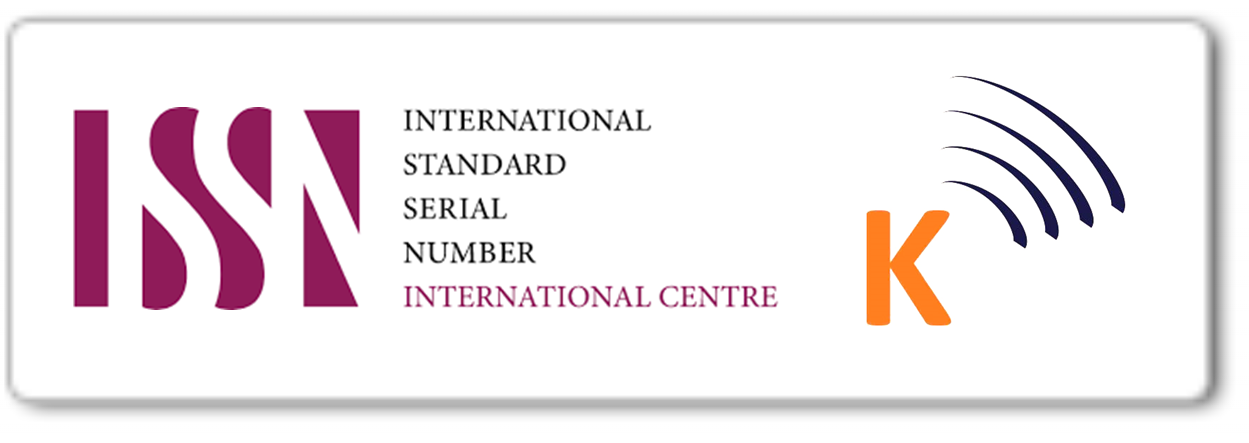PEMILIHAN BUTIR SOAL PADA RANCANGAN TES ADAPTIF BERDASARKAN EFFICIENCY BALANCED INFORMATION
Keywords: adaptive test, EBI, informasi maksimum, maximum information, tes adaptif
Abstract
One of the most popular item selection methods in the design of adaptive testing is Maximum Information Method. This method provides the items with the maximum information at a certain level of selecting ability. The lack of this method is rarely accurate in estimating the level of ability of the examinees at the beginning of the test and tends to select items with higher discrimination-parameter value than items with lower discrimination-parameter. It creates problem in maintaining item bank. Therefore, another method should be found. The objective of the study is to determine the performance of the application of the estimation method Balanced Efficiency Information (EBI) on the design of an adaptive test. This research was carried out through a simulation study in the setting of organizing the Open University final exams. Item bank for the purposes of simulation models based on 3 parameters Item Response Theory was contructed a total of 900 items were generated base on the ideal parameter of the item specifications. Two selection criteria items were simulated, namely Information Maximum and EBI Maximum. Those two criteria were also designed to meet the content balancing. This is to ensure that the algorithm is appropriate with the applicable UT modular learning, meaning items of each module were proportionally represented and suited the blueprint. The tests will be stopped at when the standard error of estimate ( standard error of estimation = SEE ) is 0.3.The study summarized that the algorithm of EBI was more accurate than the Maximum Information criteria in estimating performance capabilities of participants. This is indicated by the value of the bias and the standard deviation of EBI is smaller than Maximum Information criterias. Another advantage of the application of the EBI Maximum is optimally utilizing of the item bank. The items with low level of the discrimination-parameter will also be chosen at the begining of the test. The maximum information criterion is more efficient in terms of test length but less optimally of the item bank utilization.
Salah satu metode pemilihan butir soal yang popular digunakan dalam rancangan tes adaptif adalah metode Informasi Maksimum. Melalui metode ini, butir soal yang memiliki informasi maksimum pada tingkat kemampuan tertentu akan dipilih dan diberikan kepada peserta tes. Namun kelemahan dari metode ini adalah kurang akurat dalam mengestimasi tingkat kemampuan peserta pada awal tes dan memiliki kecenderungan untuk memilih butir dengan nilai daya pembeda parameter butir yang tinggi dibandingkan butir dengan nilai parameter daya pembeda yang rendah, sehingga menimbulkan masalah pemeliharaan butir soal dalam bank soal. Karena itu dicari cara lain untuk mengatasi masalah tersebut. Penelitian ini bertujuan untuk mengetahui performa hasil estimasi dari penerapan metode Efficiency Balanced Information (EBI) pada rancangan tes adaptif. Penelitian ini dilakukan melalui studi simulasi dalam setting penyelenggaraan ujian akhir semester Universitas Terbuka. Bank soal untuk keperluan simulasi dibangkitkan berdasarkan model Item Response Theory 3 parameter. Sebanyak 900 butir soal dalam bank soal bangkitan dengan spesifikasi parameter butir yang ideal. Dua kriteria pemilihan butir soal yang disimulasikan yaitu Informasi Maksimum dan EBI Maksimum yang juga dirancang agar memenuhi keseimbangan isi. Hal ini agar menjamin bahwa algoritma yang dihasilkan sesuai dengan pembelajaran moduler yang diterapkan UT, artinya butir soal setiap modul secara proporsional terwakili dan sesuai kisi-kisi. Aturan pemberhentian tes menggunakan kesalahan baku estimasi (standard error of estimation=SEE) sebesar 0,3. Hasil penelitian menyimpulkan bahwa algoritma rancangan tes adaptif dengan kriteria EBI menghasilkan performa hasil estimasi kemampuan peserta yang lebih akurat dibandingkan kriteria Informasi Maksimum. Hal ini ditunjukkan oleh nilai bias dan simpangan baku pengukuran yang lebih kecil dibandingkan kriteria Informasi Maksimum. Kelebihan lain dari penerapan kriteria EBI Maksimum adalah kebermanfaatan bank soal lebih optimal karena butir-butir soal dengan tingkat daya beda rendah juga dimunculkan khususnya pada awal tes. Sedangkan kriteria Informasi Maksimum walaupun lebih efisien dari sisi panjang tes tetapi kurang optimal dalam memanfaatkan bank soal.
Downloads
References
Embretson, S.E. & Raise, S.P. (2000). Item response theory for psychologist. London: Lawrence Erlbaum Associates, Inc.
Green, B.F., Bock, R.D., Humphyers, L.G., et al. (1984). Technical guidelines for assessing computerized adaptive tests. Journal of Educational Measurement, 4, 347-360.
Hambleton, R.K. & Swaminathan, H. (1985). Item response theory: Principles and applications, Boston, MA: Kluwer Academic Publishers.
Han, K.T. (2012). An efficiency balanced information criterion for item selection in computerized adaptive testing. Journal of Educational Measurement, 3, 225-246.
Han, K.T., & Hambleton, R.K. (2007). Users manual for WinGen: Windows software that generates IRT model parameters and item responses. Amherst, MA: University of Massachusetts.
Kit, T.H., & Chang, H.H. (2001). Item selection in computerized adaptive testing: Should more discriminating item be used first? Journal of Educational Measurement, 3, 249-266.
Lord, F.M. (1980). Applications of item response theory to practical testing problems. Hillsdale, NJ : Lawrence Erlbaum Associates.
Mills, C.N. (1999). Development and introduction of a computere adaptive graduate record examinations general test. Dalam F. Drasgow & J. B. Olson-Buchanan (Eds), Innovations in Computerized Assessment (pp. 117136). Mahwah, NJ: Lawrence Erlbaum Associates Publishers.
Veerkamp, W.J.J. & Berger, M.P.F. (1997). Some new item selection criterian for adaptive testing. Journal of Educational and Behavioral Statistics, 2, 203-226.
Vispoel, W.P. (1999). Creating computerized adaptive test of music aptitude: Problem, solusions, and future directions. Dalam F. Drasgow, & J. B. Olson-Buchanan (Eds.), Innovations in Computerized Assessment (pp. 151-176). Mahwah, NJ: Lawrence Erlbaum Associates Publishers.
Wainer, H., et al. (1990). Computerized adaptive testing: A primer (2nd ed.). Hillsdale, NJ: Lawrence Erlbaum Associates.







